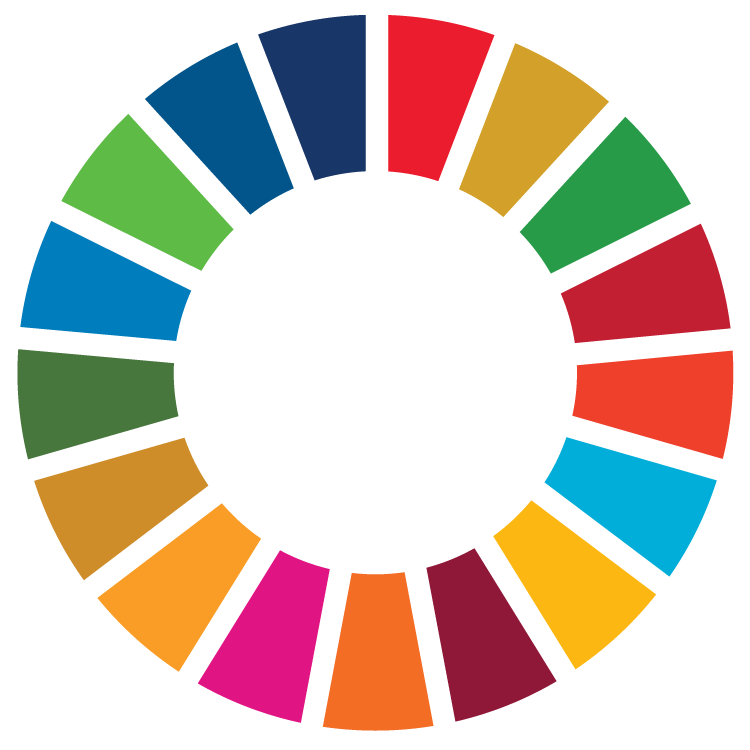Non-motorised transport (NMT) offers basic and affordable mobility, access to public transport, and health benefits. Improving the convenience, comfort, and safety of walking and cycling reduces the demand for travel by personal motor vehicles, helping to alleviate the critical traffic challenges facing many cities. Despite a high level of reliance on NMT in Ethiopian cities and rural centres, many streets are not designed for people to walk or cycle.
Evidence around the world has shown that street designs focused on vehicle movement rather than mobility for people undermine quality of life and the character of public spaces. Greater emphasis on walking, cycling, and public transport in the planning, design, construction, and management of transport systems is needed to achieve a more equitable allocation of road space.
Programa das Nações Unidas para o Meio Ambiente
- Quem somos
- Onde trabalhamos
-
O que fazemos
- Ar
- Biossegurança
- Cities
- Tecnologia
- Desastres e conflitos
- Energia
- Meio Ambiente em estudo
- Direitos e governança ambientais
- Atividades extrativas
- Florestas
- Food Systems
- Água
- Igualdade de gênero
- Economia verde
- Mares e oceanos
- Eficiência de recursos
- Objetivos de Desenvolvimento Sustentável
- Transporte
- Educação e meio ambiente
- Ciência & Dados


